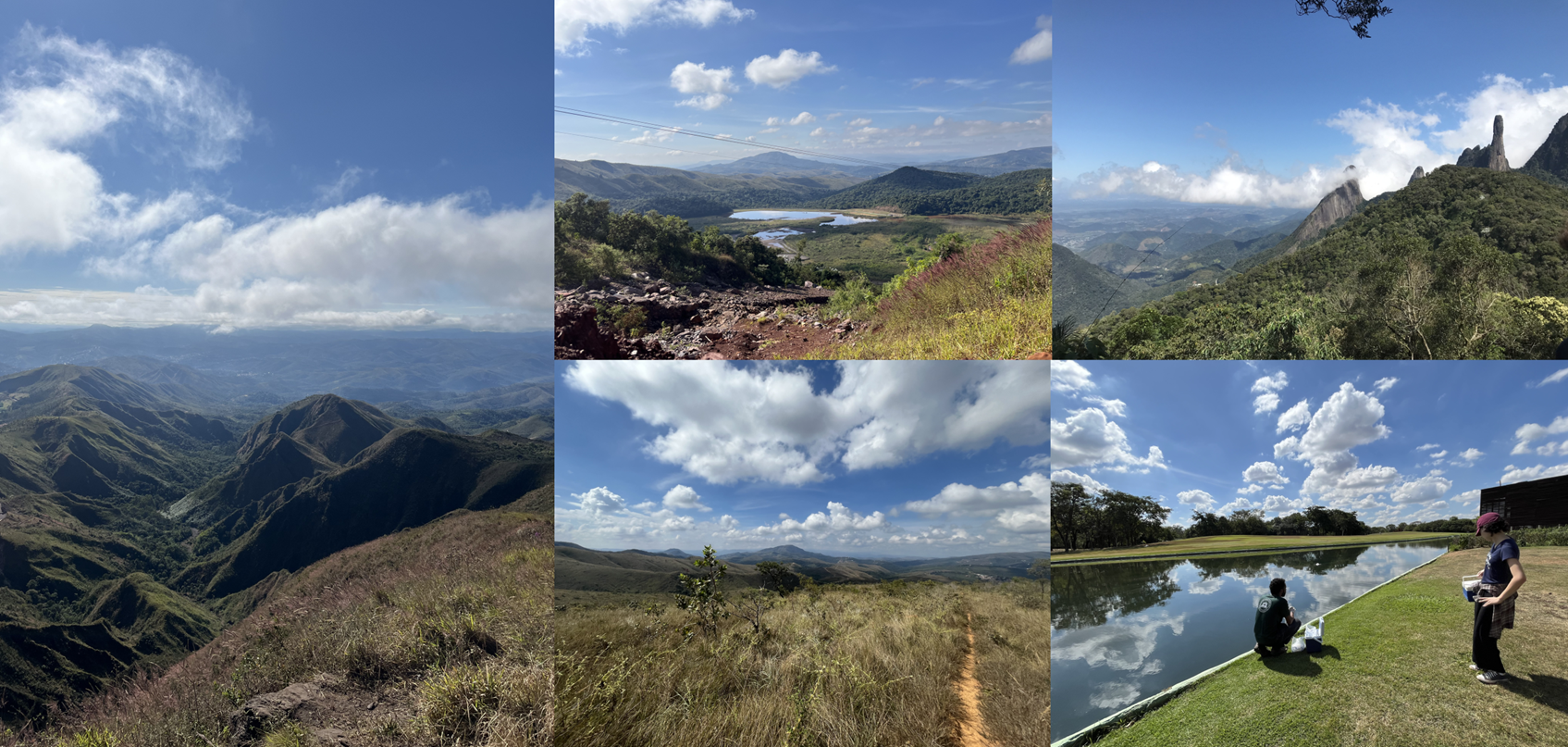

Jônatas S. Abrahão, Associate Professor - CV / Pubmed

Nidia E. C. Arias, Postdoctoral Researcher - CV

Marina V. Beirão, Postdoctoral Researcher - CV

Amanda S. A. Witt, PhD Student - CV

Bárbara Stehling R. Silva, PhD Student - CV

Jamile Dias, PhD Student - CV

Matheus G. Barcelos, PhD Student - CV

Bruno F. de Oliveira, Master Student - CV

Matheus F. R. Rodrigues, Master Student - CV

Ana Karoline N. Nunes-Alves, Master Student (associate) - CV

Bernardo M. Barbosa, Undergraduate student - CV

Bruna N. Neiva, Undergraduate student - CV

Laura Nardi de Alencar, Undergraduate student - CV

Leticia P. Lopes, Undergraduate student - CV





